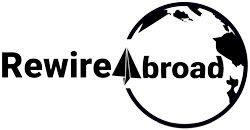2025 Guide to Costs, Visas, and Living Essentials in Croatia
Author
Adonis Villanueva
Date Published

1. Why Croatia?
My first trip to Croatia felt like stepping into a postcard. Stepping off the plane in Zagreb, I was greeted by crisp air and warm smiles. My first sip of kofola, a local soft drink, was a delightful surprise—sweet with a bitter edge, much like Croatia’s blend of vibrant culture and serene landscapes. That moment sparked my dream of retiring here, and after extensive research, I’m thrilled to share this guide with you.
Croatia is a retiree’s paradise, offering a low cost of living, high quality of life, and breathtaking scenery. From the sun-drenched Croatian Sea to the lively cafés of Zagreb, it’s a place where adventure meets tranquility. I once missed a ferry in Split, lingering over a seafood lunch—a “cheeky mishap” that highlighted the freedom of Croatia’s 90-day visa-free entry for U.S. citizens. This guide will walk you through visas, costs, healthcare, and the best places to retire, helping you decide if Croatia is your next home.
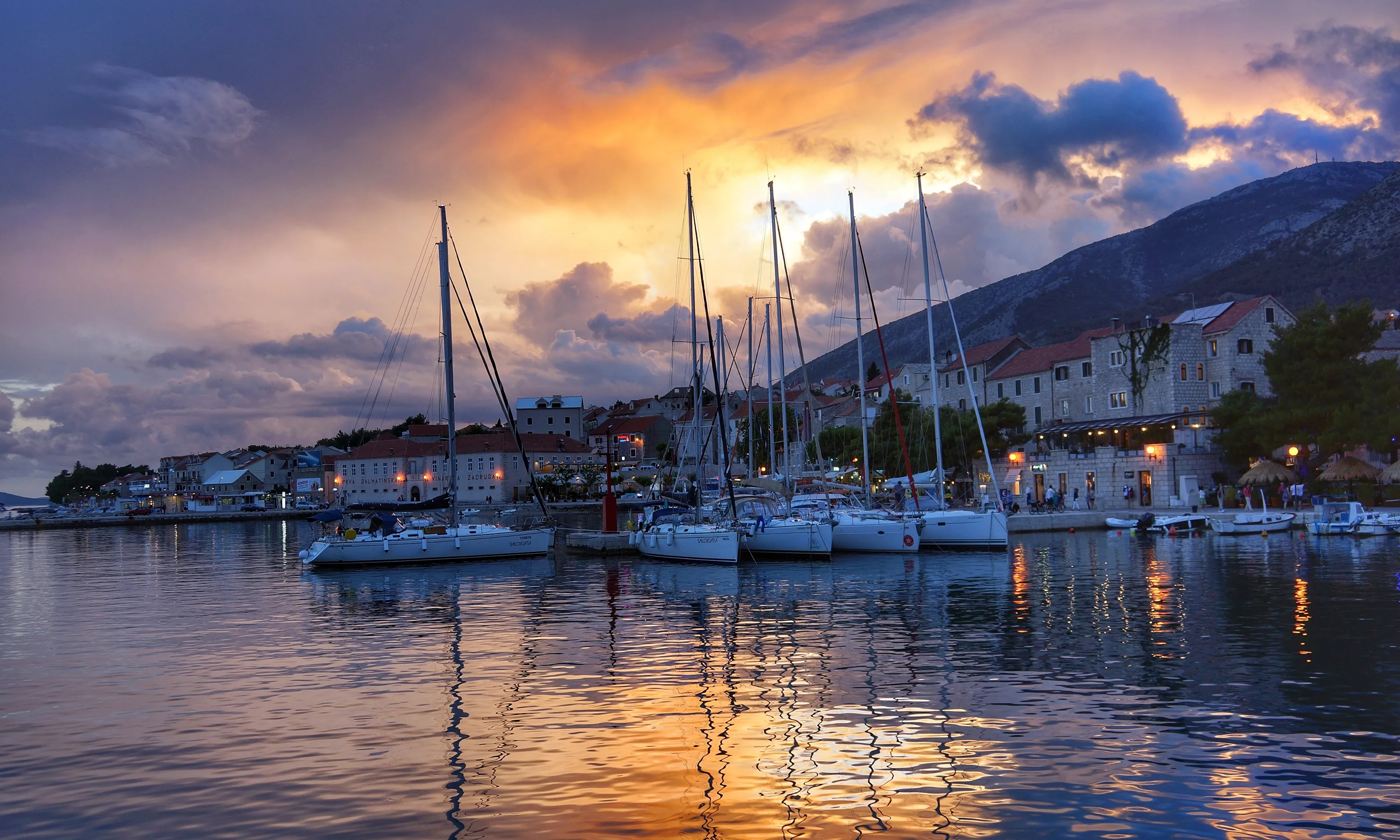
Personal Anecdote: I couchsurfed and stayed in somebody's apartment in a seaside village near Zadar. I checked out some ancient Roman ruins and local markets; went to local bars at night where I tried rakija. I had very fond memories taking photos of sunsets. Tip: Learn a few basic Croatian phrases (even just “hello” and “thank you”) – it always drew smiles and warmed every encounter.
Pro Tips:
- Embrace local treats: Try peka (slow-cooked meat and veggies under a bell lid) or ćevapi in a family-run tavern.
- Dress in layers: Even in summer the coast can get breezy after sunset.
- Chat with expats: Join local Facebook groups or expat forums. They gave me insider tips (like which landlords do year-long leases) that saved me hassle.
- Explore by ferry: The ferries connect dozens of islands. Missing one on Hvar was frustrating, but the spontaneous evening I spent in a quiet port town taught me to go with the flow.
Keep a checklist and use our Country Search tool: climate, safety, cost of living, etc.,. That led me to deeper research to unravel Croatia’s retirement visa requirements, affordable living, and the new Croatia digital nomad visa 2025. Whether you’re planning 3 months or three years here, read on for the full scoop.
Takeaways:
• Affordability: Costs are significantly lower than in Western Europe or the U.S.
• Lifestyle: A relaxed pace with rich culture and natural beauty.
• Accessibility: Easy visa options for short and long-term stays.
2. Visa Options Explained
Planning your stay? Croatia joined Schengen in 2023, so visa rules changed. According to the U.S. State Department, “U.S. passport holders do not need a visa if traveling to Croatia for tourism or business for less than 90 days in any 180-day period”travel.state.gov. In practice, this means up to three months visa-free. All you need is a valid passport (with at least 3–6 months’ validity) and sufficient funds. Keep in mind you must register at a local police station within 3 days of arrival (if staying longer than a week) and carry travel health insurancetravel.state.gov. (For more on entry rules, see VisaHQ – they list general requirements by nationality.)
But what if you fall in love with Croatia and want more than 90 days? Navigating Croatia’s visa options is key for retirees. Below, I outline the main pathways for 2025, tailored for non-EU citizens, particularly U.S. retirees.
2.1 90-Day Entry as a U.S. Citizen
U.S. citizens and many others enjoy visa-free entry for up to 90 daystravel.state.gov. This short-term stay covers tourism, visiting family, or even brief business trips. In my case, I spent my first summer working remotely from a Dubrovnik apartment, hopping islands on weekends. Important: no tourist visa is needed, but bring these essentials: a passport valid 3–6 months beyond your triptravel.state.gov, proof of onward travel (airfare out), travel health insurance, and enough cash/credit to cover your stay. Some hotels will register you for the police, but if you stay in private housing, you must register yourself. After 90 days, you must leave Schengen/Croatia and wait another 90 days before returning.
For example, when I first overstayed by a few days on Dubrovnik island (an honest mistake!), I had to fly to nearby Montenegro and re-enter – a hassle!
Pro Tips:
- Check your entry stamp dates carefully: 90 days in any rolling 180-day period is allowed.
- Consider a Schengen or CRO-WIDE travel card: after Brexit/Schengen, an ETIAS travel authorization will be needed for U.S. travelers by 2024 (stay tuned).
- Even visa-free, carry the same documents you’d need for a visa. Better safe than sorry at border control.
Visa Fee Table
Visa/Permit Type | Fee (EUR) |
|---|---|
Short-stay tourist/business (<=90d) (U.S.) | No visa required (passport check only)travel.state.gov |
Temporary Residence Permit (1-year, prepaid rent) | Admin: €46.45 + bio-card €31.85mup.gov.hr |
Digital Nomad Residence Permit (up to 18 months) | Same admin + bio-card: ~€46.45 + €31.85mup.gov.hr |
Long-stay Visa (if applying from abroad) | Consular fee ≈ €93 (varies by country) |
(Fees are approximate administrative charges for temporary stay; check local consulate for the latest fees.)
2.2 Retirement Visa: 1-Year Prepaid Rent Option
Croatia doesn’t have a formal “retirement visa,” but retirees and digital nomads often use one of two clever workarounds to get a year-long stay. The most popular is prepaying your rent for a year. In short: find a Croatian landlord offering a 12-month lease, pay the entire year up front, and register that address as your residence. Voila – you qualify for a 1-year temporary residence permit (renewable after a 6-month exit). This effectively becomes a “Croatia retirement visa.”
Requirements include:
- A 12-month rental contract (not via Airbnb, in Croatian, notarized).
- Proof of rent payment for the full year (e.g., bank receipt often via Croatian bank).
- Health insurance (see the healthcare section for details).
- Proof of means (bank statement) to cover living costs.
Pro Tips:
- Confirm the flat can be rented year-round (many rentals are summer-only!). The Croatian word for long-term is “dugoročno.” Use njšklo.hr or local agents.
- Involve an expat community for advice – locals say don’t pay until you have the permit in hand.
- Keep good records (contract, receipts) in case police ask when processing.
Another way: buy property. If you own residential real estate, you can similarly get a 1-year permit (renewable under same rules). But without a local job, you’ll only be allowed to stay 9 months of each year (9 months on permit + 3 months visa-free). In short, buying doesn’t give you a year-round life-permit, so most expat retirees choose renting.
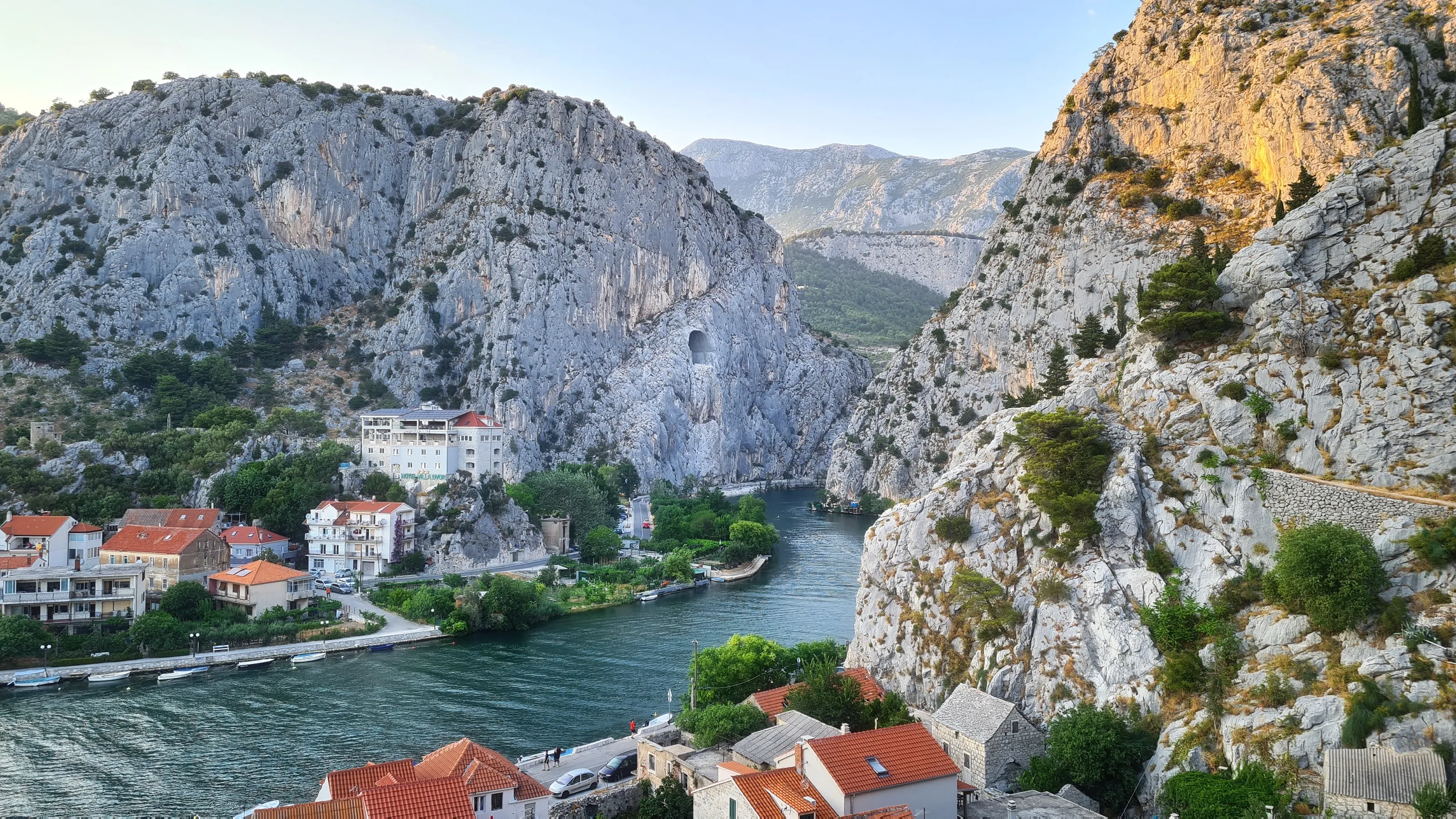
The permit lasts one year and isn’t immediately renewable—you must wait 6 months after expiration to reapply. It doesn’t lead to permanent residency but offers a low-hassle way to live in Croatia long-term.
Comparison Table: Retirement Visa vs. Digital Nomad Visa
Aspect | Retirement Visa (Prepaid Rent) | Digital Nomad Visa |
|---|---|---|
Duration | 1 year | Up to 18 months |
Key Requirement | Prepaid 12-month rent | Proof of remote work income |
Renewability | Not immediately (6-month gap) | Not renewable (6-month gap) |
Health Insurance | Required | Required |
Family Reunification | Not applicable | Possible for dependents |
Key Points:
• Ideal for retirees avoiding property investment.
• Requires careful planning due to non-renewability.
• Check application details Ascertain fees with VisaHQ.
2.3 Croatia Digital Nomad Visa 2025
The Digital Nomad Visa, updated for 2025, allows remote workers to stay up to 18 months—either as a single 18-month permit or a 1-year permit with a 6-month extension. While designed for active remote workers, retirees with passive online income may qualify.
Key Requirements:
- Proof of remote work for a non-Croatian employer or your own foreign business.
- Adequate funds: currently at least €3,295/month (≈€39,540/year) – shown via bank statements or payslipsmup.gov.hr. (For an 18-month stay, you must show a total of €59,310 in savingsmup.gov.hr.)
- Valid passport (with copies), rental contract (address), Croatian health insurance or international coverage.
- Police clearance certificate (criminal record) legalized for Croatiamup.gov.hr.
- Visa fee: about €55–60 administrative + ~€32 for the residence cardmup.gov.hr.
An April 2025 report notes over 1,000 people have used this visa, with top nomad-friendly cities like Rijeka, Zadar, Split, and Zagreb ranking globally. Notably, digital nomads are exempt from Croatian income tax if their only income is from abroad.
Pro Tips:
- Start paperwork early: get a clean police check and health insurance before applying.
- If you’re in Croatia on a tourist visa, you must leave and apply from abroad for the D-visa – it can’t be done in-country until after you enter on a visa (as of 2025).
- Budget for two sets of fees: the digital nomad visa itself (consular fee, if required ~€93) and the temporary stay permit (administrative fee €46.45 + biometric card €31.85)mup.gov.hr.
- The VisaHQ site has a checklist, but trust only official sources and consult lawyers or accredited agencies if unclear.
Key Points:
• Extended duration makes it attractive for semi-retirees.
• Not ideal for fully retired individuals without active income.
• Offers flexibility for those blending work and retirement.
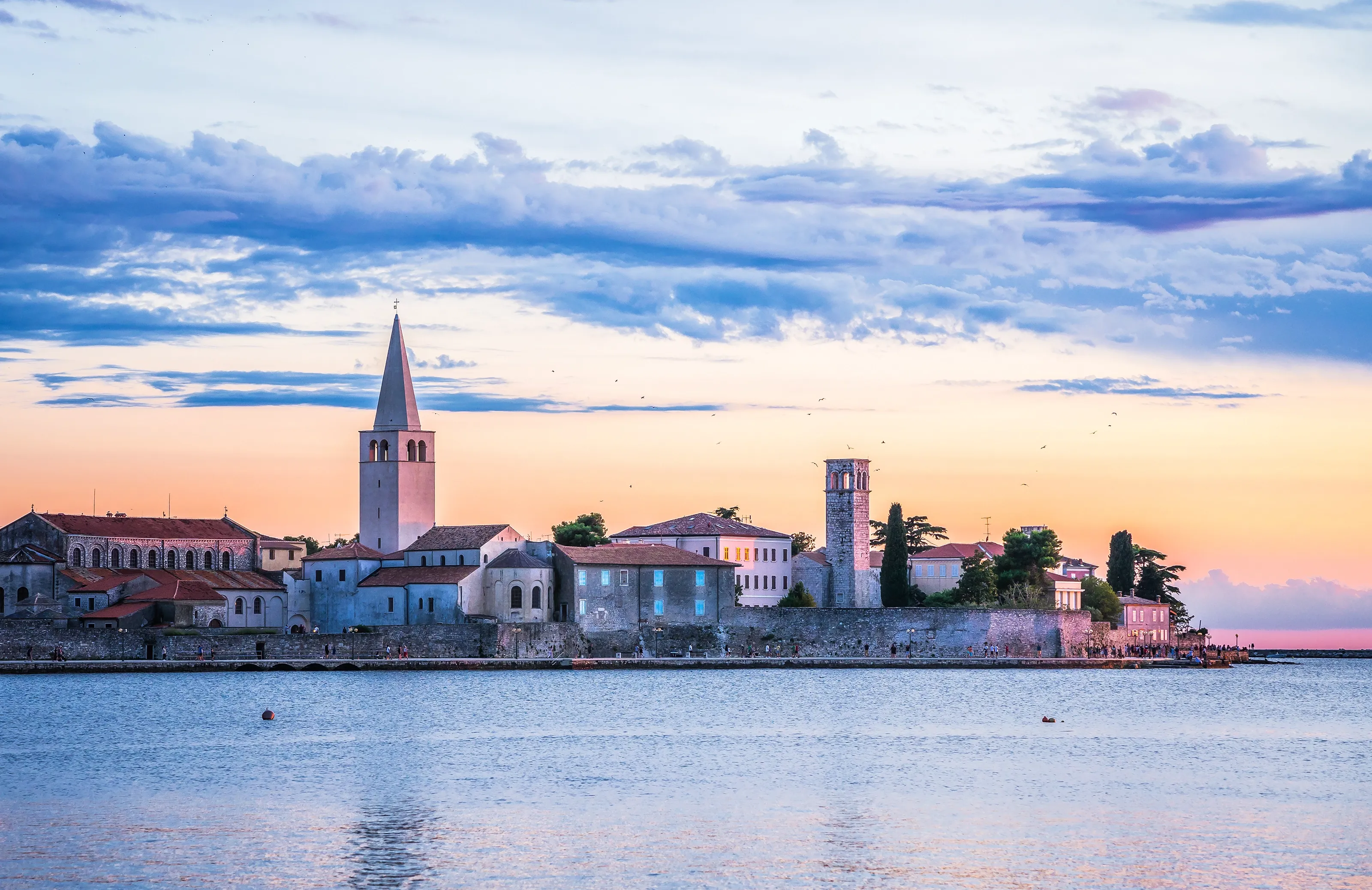
3. Cost of Living Breakdown
Croatia can be surprisingly affordable, especially outside peak tourist zones. I once rented a seaside apartment in a small island town for €500/month (off-season!), but I paid extra for utilities in winter. Below is a rough breakdown – remember, local prices can swing by region and season.
Cost-of-Living Comparison – Coastal vs Inland:
Category | Coastal (e.g., Split/Dubrovnik) | Inland (e.g., Zagreb/Osijek) |
|---|---|---|
85 m² Rent (normal) | €586–€800 | €295–€907 |
Monthly Groceries (1 person) | ~€150–€200 | ~€200–€250 |
Public Transport Pass | €40–€50 | €30–€45 |
Restaurant Meal (2) | ~€46 (casual) / €78 (mid-range) | ~€40 / €70 |
Utilities (basic) | €100–€150 | €100–€150 |
Note: Coastal cities can spike in high season, but inland life (Zagreb, Slavonia) is consistently cheaper on rent and food.
3.1 Housing & Rent
Rent is often the biggest expense. In Zagreb, a furnished two-bedroom (≈85 m²) in a nice area runs around €900–€1,200/month. In Split or Zadar on the coast, you might pay a bit more in summer peak (advertised beachfront 2BR can be €1,000+), but outside summer a decent 2BR might be €800–€900. In Dubrovnik city, data shows an 85 m² flat costs around €586 (normal area) – surprisingly cheaper than Zagreb’s 85 m² (€907), likely because Dubrovnik’s data sampling is limited.
Inland cities are much cheaper. In Osijek (Slavonia), that same 85 m² flat rents for only €295! Towns like Rijeka, Pula or smaller Istrian villages also offer bargains. For example, Pula’s cost-of-living index is fairly low, with single-person expenses ≈€926/month and 85 m² rent ~€397.
Rent Comparison Table
Apartment Type | City Centre (€) | Outside Centre (€) |
|---|---|---|
1-bedroom apartment | 588.22 (400-800) | 450.00 (300-600) |
3-bedroom apartment | 1,000.00 (800-1,200) | 750.00 (600-900) |
Key Points:
- City centers offer proximity to amenities but higher costs.
- Normal areas provide affordable, quality options.
- Long-term rentals are retiree-friendly.
- Take on roommates if you really want to cut costs.
- Negotiate long-term: I once got a €50/mo discount by offering 15 months up-front (year + 3 extra).
- Off-season deals: if you plan to arrive in winter, send inquiries early – landlords often prefer locking an off-season tenant.
Ready to Rewire your Life?
Sign up to receive updates and insights.
By submitting your email address, you will receive a free subscription to RA Postcards and special offers from Rewire Abroad and our affiliates. You can unsubscribe at any time, and we encourage you to read more about our Privacy Policy.
3.2 Utilities & Groceries
Croatian groceries are generally cheaper than in the U.S.. Fuel, dining out, and imported goods approach EU averages, but staples are affordable. For example, a loaf of bread is about €1.00–€1.20 and 2 liters of local wine €6. Market veggies are great deals: tomatoes for €1.00/lb and potatoes only €0.46/lb (farmers’ markets are even cheaper than supermarkets). A pint of domestic beer is around €1.30 in grocery stores (restaurant prices ~€2-€3). My weekly shopping (for 2 people) often comes under €50, even with meat and cheese.
Utilities cost as mentioned above: roughly €100–€150 per month for electricity, heating, water, and garbage for a modest flat. I once found that in Croatia, bundled “basic utilities” (915 ft² apt) averaged €152.44 – quite reasonable. Internet and phone add another €30–€50.
Grocery Budget Tips:
- Shop at local markets (tržnica): you’ll get fresher produce than supermarkets and often at 20–30% lower price.
- Eat seasonal: berries are expensive in winter but virtually free in summer from stands along the road.
- Bulk-buy staples: olive oil, coffee, and cheese can be cheaper by volume in local shops.
- Cook at home: dining out is still affordable. A simple pub meal for two is around €46 (~€23/person), and nicer dinners ~€78 for two.
Average Monthly Costs:
• Utilities (915 sq ft apartment): €152.44 (99.16-250.00)
• Internet (60 Mbps+): €25.73 (20.00-35.00)
• Groceries:
◦ Milk (1 gallon): €4.22
◦ Bread (1 lb): €1.19
◦ Eggs (12): €3.15
◦ Chicken (1 lb): €3.94
Key Points:
• Utilities are reasonable, even for larger homes.
• Fresh, local produce keeps grocery costs low.
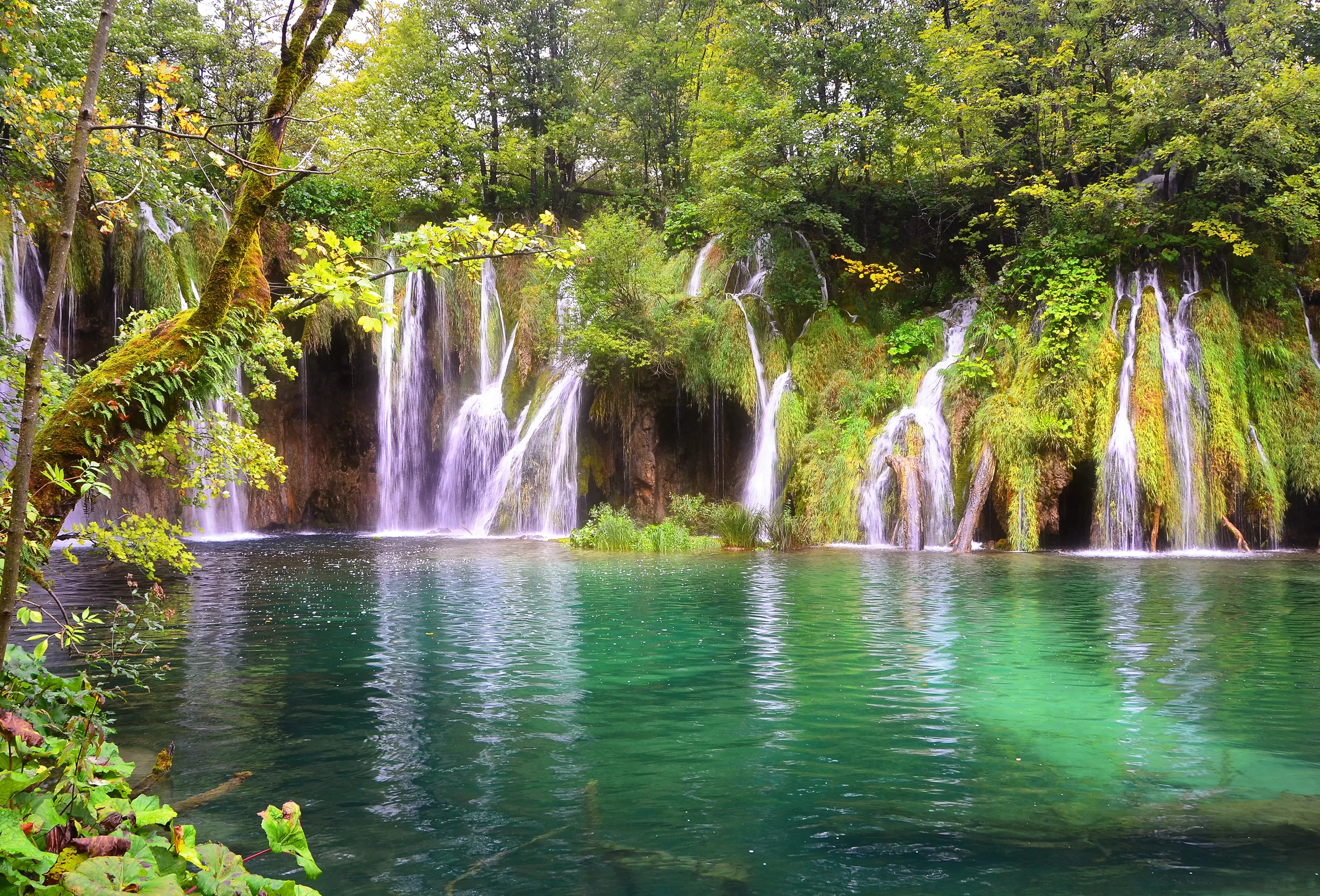
3.3 Transportation & Leisure
Public transport is inexpensive. A city bus or tram ticket is about €1–€1.50; a monthly pass in Zagreb or Split is ~€40–€50. Taxis start at ~€2.50, and fuel is ~€1.50/liter. My favorite was cycling: many towns are bike-friendly, and the famous Parenzana trail connects Istrian villages if you bring your bike.
For leisure, Croatia shines. A coffee at a café is about €1.50–€2.50. Cinema tickets run €7–€10. Hiking in national parks is cheap (the Plitvice Lakes entry is ~€40, but shorter local park fees are lower). Gym memberships are around €30–€40 per month. I regularly paid under €50 for 2 tickets to a play or concert.
Average Costs:
• Public Transport:
◦ One-way ticket: €1.40
◦ Monthly pass: €46.41
• Leisure:
◦ Fitness club (monthly): €39.84
◦ Cinema ticket: €7.00
Key Points:
• Public transport is reliable and cost-effective.
• Leisure options support an active, social retirement.
Use our 🔥FIRE CALCULATOR for personalized living and retirement estimates.
4. Healthcare in Croatia for Expats
Croatia’s universal healthcare system, managed by the Croatian Health Insurance Fund (HZZO), ensures quality care for residents. Expats must register for mandatory public insurance (obvezno) unless they’re EU citizens with insurance from another EU country or digital nomads.
Key Features:
• Obvezno Insurance:
◦ Covers doctor visits, hospital stays, and medications.
◦ Estimated cost: €200-300/year (varies by HZZO).
• Safetywing Insurance (unknown node):
◦ Covers doctor visits, hospital stays, and medications.
◦ Estimated cost: €53/month (varies by premium).
• Optional Insurance:
◦ Dopunsko: Reduces co-payments for prescriptions and visits.
◦ Dodatno: Private coverage for specialists and extended care.
• Accessing Care:
◦ Family doctors assigned by address; changeable annually.
◦ English-speaking doctors available, though limited (check expat groups or U.S. Embassy lists).
• Costs:
◦ Private specialist visit: €50-100.
◦ MRI/colonoscopy (private): €260.
Key Points:
• Affordable, comprehensive public healthcare.
• Private options enhance flexibility.
• Registration with HZZO is straightforward for residents.
For more information about international insurance, read my 👉International Insurance Handbook.

5. Top Places to Retire in Croatia
Croatia offers diverse retirement locales, from coastal gems to vibrant cities. Below are six top picks for 2025, with cost and lifestyle insights.
Each region has its flavor: Zagreb’s bustling cafés and fairs, coastal towns smelling of sea and pine, and rolling inland hills dotted with vineyards. Where exactly is Croatia on the map? Search: CountryMap This small country is perched on the northeastern corner of the Adriatic, with an impressive 1,800+ km of coastline. It’s no wonder coastal areas like Istria or Dalmatia are so popular for vacation homes, but the quieter inland – cities like Osijek or Varaždin – offers a more affordable, rural pace.
5.1 Split
• Why? Vibrant coastal city with historical charm and island access.
• Cost: 1-bedroom apartment: €695 (expensive area), €531 (normal area).
• Lifestyle: Urban amenities, cultural events, and beach proximity.
5.2 Zagreb
• Why? Safe, affordable capital with lively café culture.
• Cost: Average monthly cost: $1,221.
• Lifestyle: Museums, parks, and urban conveniences.
5.3 Dubrovnik
• Why? Stunning walled city, ideal for luxury seekers.
• Cost: 1-bedroom apartment: ~€800.
• Lifestyle: Tourist-heavy but rich in history and beauty.
5.4 Hvar
• Why? Serene island with Mediterranean charm.
• Cost: 1-bedroom apartment: ~€600.
• Lifestyle: Quiet winters, lively summers; nature-focused.
5.5 Zadar
• Why? Authentic coastal city, less touristy.
• Cost: 1-bedroom apartment: ~€450.
• Lifestyle: Historic sites, relaxed pace.
5.6 Pula
• Why? Affordable, with Roman heritage (amphitheater).
• Cost: 1-bedroom apartment: ~€400.
• Lifestyle: Quiet, with Istrian countryside access.

6. Practical Tools & Next Steps
Getting organized is half the battle. I recommend using an online tools to plan your Croatian retirment. For example, our interactive Fire Calculator allows you to plug in Croatian cost data and estimate the savings needed to retire comfortably (it even adjusts for local taxes and inflation). Combine that with exploring our Country Search tool to compare Croatia with other destinations.
For visa assistance, consider contacting a Croatia visa expert or a lawyer – an hour of advice saved us weeks of confusion. Keep these next steps in mind:
- Visit first: Spend a few months on a tourist stay to learn neighborhoods, before committing.
- Financial prep: Translate and apostille any needed documents (pensions, birth certificates)travel.state.gov.
- Local banking: Opening a Croatian bank account can simplify rent payments and visa bureaucracies (you need an EU bank statement anyway).
- Learn the language: Even basic Croatian helps with bureaucracy and endears you to locals.
- Network: Connect with other expats – they often share sublet opportunities, carpool info, or health referrals.
Croatia has many retirement resources (online communities, Facebook groups, and local expat associations).
7. FAQs
Retiring in Croatia offers a blend of Mediterranean charm, affordable living, and a welcoming environment for expatriates. However, understanding the nuances of residency, healthcare, taxation, and daily life is crucial for a smooth transition. This section addresses common questions to help you navigate the practical aspects of settling in Croatia.
From visa regulations and healthcare costs to language considerations and tax obligations, the following FAQs provide insights into the key elements of retiring in Croatia. Whether you're exploring housing options, seeking community connections, or planning your financial future, these answers aim to equip you with the knowledge needed for informed decision-making.
7.1 Can I work while on a retirement visa?
No, the prepaid rent visa prohibits work. The Digital Nomad Visa allows remote work for non-Croatian companies.
7.2 What is the cost of healthcare for retirees?
Obvezno insurance costs ~€200-300/year. Dopunsko and dodatno plans add coverage for ~€50-100/month.
7.3 Do I need to speak Croatian?
Not essential; English is common in tourist areas. Basic Croatian enhances daily life.
7.4 How can I transfer my pension to Croatia?
Pensions can be deposited to Croatian banks. Tax residents (183+ days) may report income, subject to double taxation treaties.
7.5 What’s the best way to find housing?
Use local real estate sites or expat groups. Long-term rentals are widely available.
7.6 Are there expat communities in Croatia?
Yes, thriving communities in Zagreb, Split, and Dubrovnik. Join Facebook groups for connections.
7.7 How does the tax system work for retirees?
Tax residency (183+ days) requires reporting worldwide income, unless exempted by treaties. VAT: 25% (most goods), 10% (tourism), 0% (medical).
Conclusion
Retiring in Croatia in 2025 offers affordability, beauty, and a relaxed lifestyle. Whether you’re drawn to Split’s coastal vibrancy, Zagreb’s urban charm, or Hvar’s island serenity, this guide equips you with the knowledge to make an informed decision. Start planning today with VisaHQ and our linked tools.
Master healthcare with this guide - compare insurance, get expert tips on choosing the right policy, and avoid common pitfalls on coverage abroad.
Discover how to move to Slovenia. Learn about visa, cost of living, healthcare, places to live. Slovenia offers European charm at 60% of US costs.
Discover why more Americans are retiring abroad and explore the best destinations, cost comparisons, and real-life expat stories.
